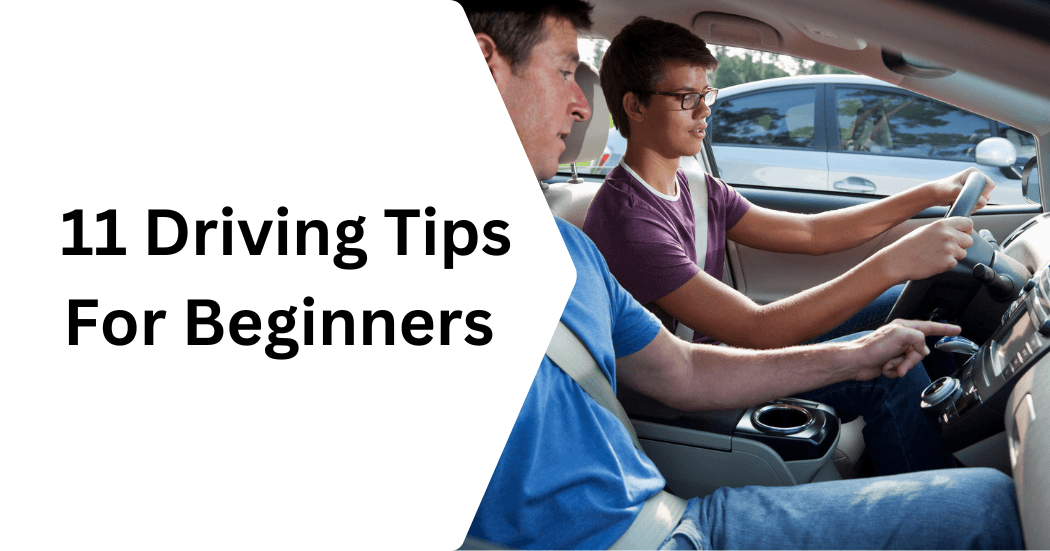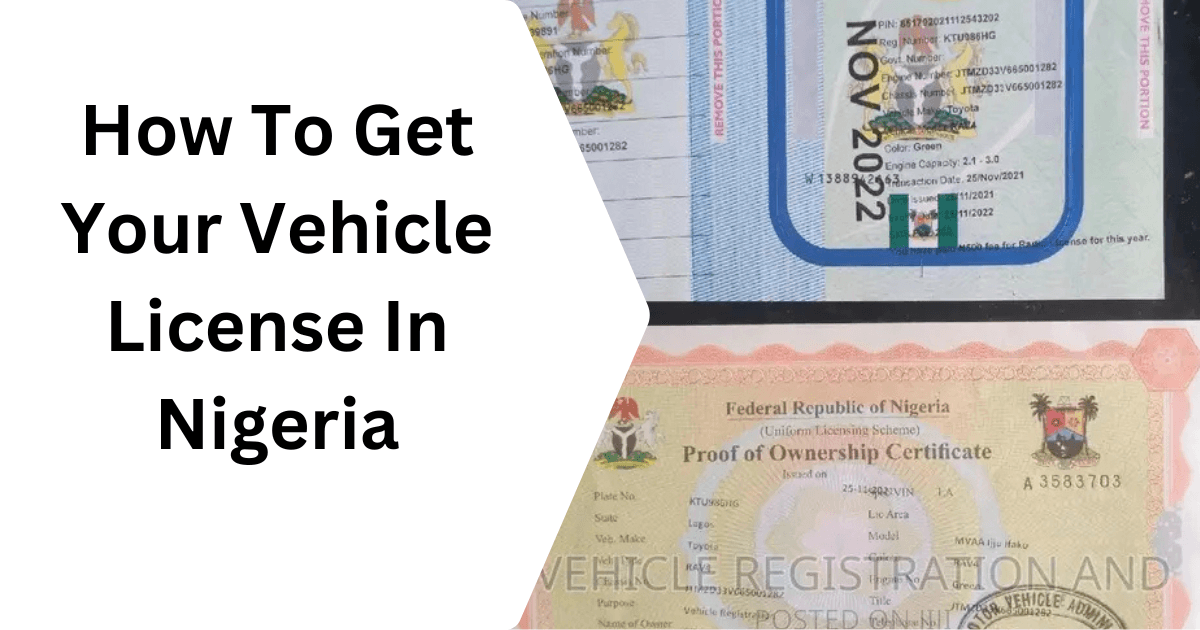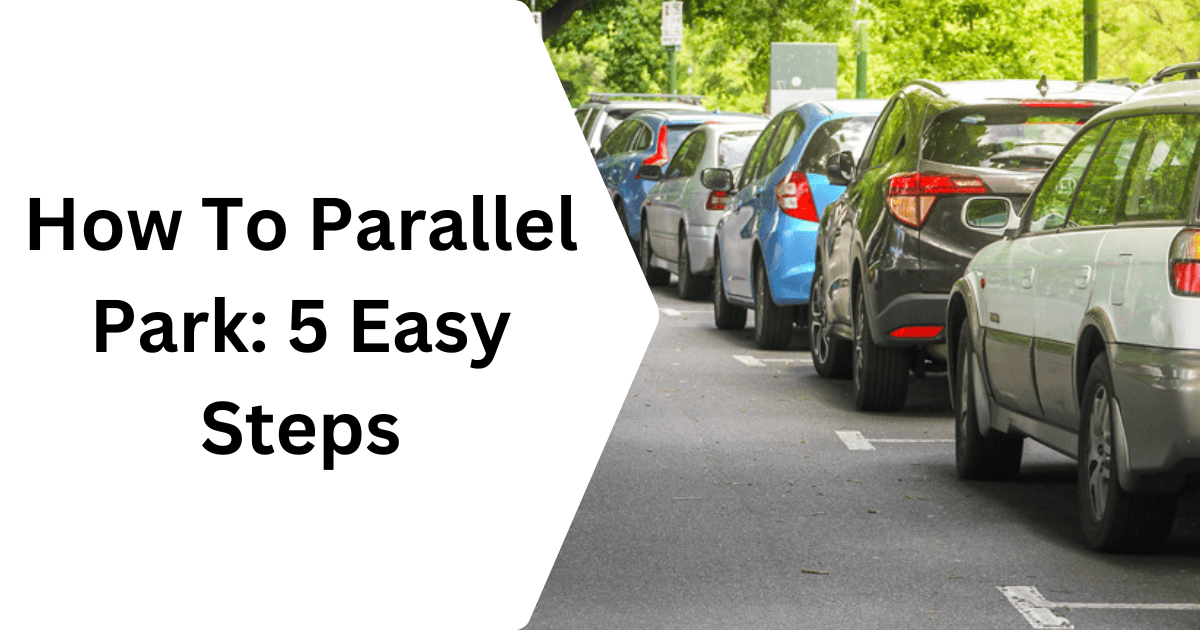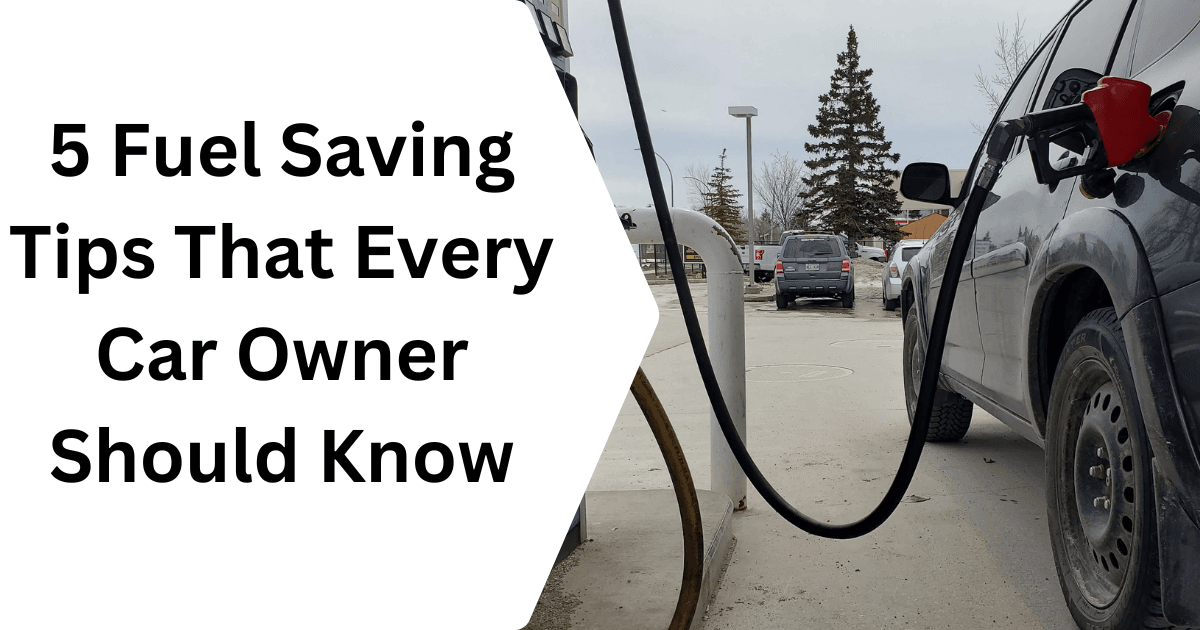Learning to drive can be an exciting yet nerve-wracking experience for new drivers but with the right guidance and practice, they can feel more at ease. In this article, we’ll cover 11 essential driving tips to help beginners learn how to drive a car safely and confidently. Our advice is to take it step by step, and remember, every experienced driver started as a beginner.
Get Familiar with Your Car’s Controls
Before you start driving, it’s important to know how your car’s main controls work. Spend some time learning how the steering wheel, brakes, gas pedal, and gear shift feel when you use them. Practicing how to press the pedals gently and turn the wheel smoothly will help you feel more in control and less nervous when you’re on the road.
It’s also good to know where other important controls are, like the headlights, wipers, turn signals, and hazard lights. Knowing how to adjust these without looking away from the road lets you handle things like rain or night driving more easily.
Learn and Follow Traffic Signs and Signals
Traffic signs give you important information about speed limits, turns, and road conditions, helping you make smart decisions on the road. Learning these signs also helps you follow the rules and avoid mistakes that could lead to accidents or fines.
Following traffic signals, like stoplights and pedestrian crossings, is just as important. Obeying these signals keeps you and others safe, as they control the flow of traffic and prevent accidents. As a beginner, practice noticing signs and signals early so you have enough time to react and drive confidently.
Have Your License or Learner’s Permit
Always carry your license or learner’s permit when you’re driving. This document proves you’re legally allowed to drive and shows that you’ve completed any required training or tests. If you’re stopped by the police or involved in an accident, having your license or permit with you makes the situation much easier to handle.
Carrying your license or permit also helps you feel prepared and confident. It’s a simple step, but it shows that you’re following the rules and ready to drive responsibly. Make it a habit to check that you have your license or permit with you every time you get in the car.
Get Rid of Distractions
While driving, keep your focus fully on the road and avoid anything that takes your attention away. Common distractions like texting, eating, or adjusting the radio can make you lose focus and increase the risk of accidents. Even a quick glance at your phone can take your eyes off the road long enough for something unexpected to happen. Setting up your car before you start driving helps you stay focused. Adjust your mirrors, set your music or GPS, and put your phone on silent or out of reach.
Start Practicing in Low-Traffic Areas
When you’re new to driving, practicing in places with little traffic helps you feel more comfortable and confident. Empty parking lots or quiet streets give you space to focus on basic skills, like steering, braking, and parking, without the pressure of busy roads. These areas allow you to make mistakes and learn from them in a safe environment.
Low-traffic areas also help you build good driving habits at your own pace. Once you feel confident with the basics, you can start driving on busier roads and slowly get used to more challenging situations. Starting in a calm setting makes the learning process smoother and less stressful.
Practice Defensive Driving
Defensive driving means staying alert and being prepared for anything that might happen on the road. Instead of assuming that other drivers will always follow the rules, defensive drivers stay cautious and keep a safe distance from other cars. This helps you react quickly if someone stops suddenly, changes lanes without signaling, or makes other unexpected moves. Defensive driving also involves keeping your full attention on the road, checking mirrors often, and staying aware of your surroundings.
Stay Away from Express Roads and Major Highways
As a new driver, it’s best to avoid major highways until you feel more confident. These roads often have high-speed traffic, frequent lane changes, and more merging, which can be overwhelming for beginners. Starting out on quieter streets helps you practice driving at a comfortable pace without the pressure of high-speed traffic.
Sticking to smaller roads allows you to build basic skills like steering, braking, and making turns. Once you feel comfortable with these skills, you can gradually start driving on larger roads and build up to highway driving. Taking it slow at first makes the learning process less stressful and helps you feel ready for more challenging roads.
Don’t Worry About What Other Drivers Think
As a beginner, it’s normal to feel nervous about what other drivers might think, but try not to let it distract you. Staying focused on driving safely is more important than worrying about others. If you need to drive slower or take extra time to make a turn, that’s okay. Most experienced drivers understand that everyone was once a beginner. Remember, feeling pressured by other drivers can lead to mistakes. Take your time, follow the rules, and make decisions that feel safe for you.
Choose Your First Passengers Wisely
When you’re just starting to drive, it’s best to have calm and supportive passengers. Friends or family who understand you’re still learning can help you feel more relaxed and less pressured. Avoid having loud or distracting passengers who might make you feel nervous or unfocused. A good passenger can even help by giving gentle reminders or guiding you if needed, but they should let you focus on driving at your own pace.
Learn from Your Driving Mistakes
As a new driver, it’s normal to make mistakes, and each one can be a valuable lesson. Instead of feeling embarrassed or frustrated, try to look at mistakes as chances to improve. For example, if you miss a turn or brake too hard, think about what you could do differently next time to handle the situation better.
Reflecting on your mistakes helps you become more aware and builds your skills over time. No driver is perfect, and learning from small errors now will make you a safer, more confident driver in the future. Remember, every experienced driver was once a beginner making similar mistakes!
Never Give in to Road Rage
Road rage can be dangerous, so it’s important to stay calm if other drivers act aggressively. If someone cuts you off or honks impatiently, try not to react with anger. Responding emotionally can lead to poor decisions and make driving more stressful. Instead, take a deep breath, keep your focus on the road, and drive safely.
Staying calm also helps you make better choices, keeping you and others on the road safe. Remember, letting go of small frustrations is part of being a responsible driver. Focus on reaching your destination safely, not on how others are driving.
FAQs
1. How can a beginner learn to drive?
A beginner can learn to drive by starting with a good instructor, practicing regularly, and focusing on basic skills like steering, braking, and using turn signals. It’s helpful to begin in low-traffic areas to build confidence, then slowly move to busier roads. Studying traffic signs, rules, and safe driving habits will also make learning easier and safer.
2. How to drive an automatic car step by step?
To drive an automatic car:
- Put your foot on the brake and start the engine.
- Shift to “Drive” (D) if moving forward or “Reverse” (R) if backing up.
- Slowly release the brake and press the gas pedal to move.
- Steer smoothly and press the brake when you need to slow down or stop.
- Park and shift to “Park” (P) when you’re done. Practice these steps to get comfortable driving automatically.
3. How do I get better at driving a car?
Getting better at driving takes regular practice, staying focused, and learning from mistakes. Start with short drives on quiet roads and gradually move to busier areas. Practicing defensive driving, following traffic rules, and taking lessons from experienced drivers can all help you improve over time.
4. How to gain confidence in driving a car?
To gain confidence, start driving in low-pressure situations, like empty parking lots or quiet streets. Set small goals, like mastering turns or parking, and celebrate your progress. Having a calm passenger, avoiding distractions, and focusing on one skill at a time can also help build your confidence.
5. How to become a very good driver?
A very good driver practices safe habits like defensive driving, checking blind spots, and keeping a safe distance from other cars. Good drivers also follow traffic laws, stay focused, and drive smoothly. Over time, these habits become natural and make driving safer and more enjoyable.
6. How do I stop being bad at driving?
To improve, identify specific areas where you struggle, like parking or lane changes, and focus on practicing them. Seek feedback from experienced drivers, keep learning safe driving techniques, and remember that improvement takes time. Staying patient with yourself and practicing regularly will help you get better.
Driving can feel tricky at first, but these 11 tips will help you build confidence. Practice them regularly to stay safe and become a better driver. Remember, safe driving is the key to enjoying the road!




